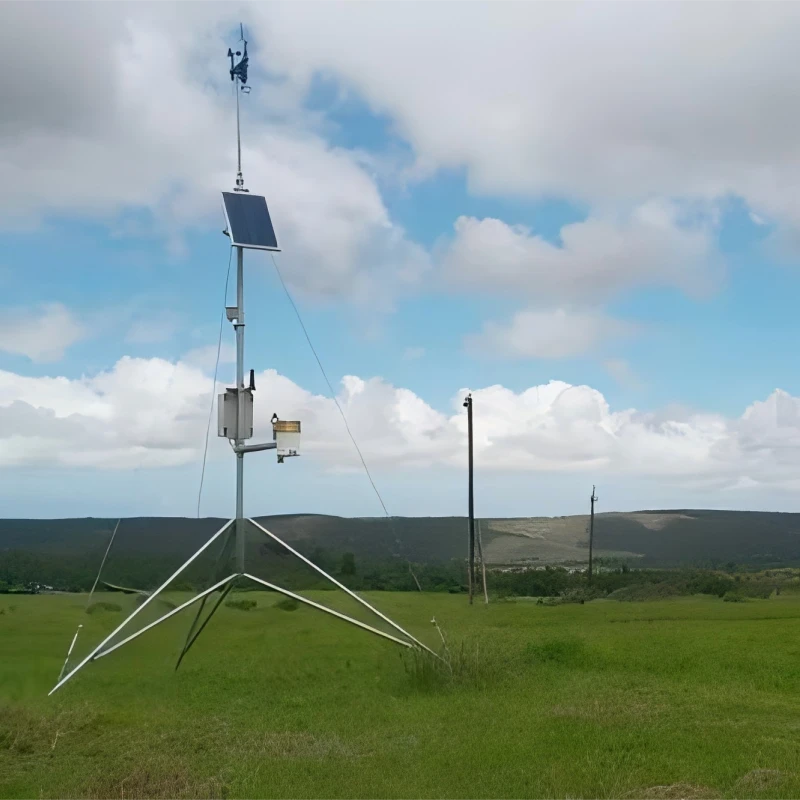
# Wind Speed Measurement Tool: An Essential Device for Accurate Weather Monitoring
Accurate weather monitoring is crucial for various industries, including agriculture, aviation, and renewable energy. One of the key components in this process is the wind speed measurement tool. This device plays a vital role in providing precise data that can influence decision-making and operational efficiency.
## What is a Wind Speed Measurement Tool?
A wind speed measurement tool, commonly known as an anemometer, is an instrument used to measure the speed of wind. It is an essential device for meteorologists, environmental scientists, and engineers who need to monitor and analyze wind patterns.
### Types of Anemometers
There are several types of anemometers, each designed for specific applications:
– Cup Anemometers: These are the most common type, featuring three or four cups that rotate with the wind. The rotation speed is directly proportional to the wind speed.
– Vane Anemometers: These devices combine a wind vane and an anemometer to measure both wind speed and direction.
– Hot-Wire Anemometers: These use a heated wire that cools down as wind passes over it, with the cooling rate used to calculate wind speed.
– Ultrasonic Anemometers: These use ultrasonic sound waves to measure wind speed and direction, offering high accuracy and reliability.
## Importance of Wind Speed Measurement
Accurate wind speed measurement is critical for several reasons:
– Weather Forecasting: Meteorologists rely on precise wind speed data to predict weather patterns and issue warnings.
– Aviation: Pilots need accurate wind speed information for safe takeoffs, landings, and in-flight navigation.
– Renewable Energy: Wind farms depend on wind speed data to optimize the performance of wind turbines and maximize energy production.
– Agriculture: Farmers use wind speed data to manage irrigation systems and protect crops from wind damage.
## Choosing the Right Wind Speed Measurement Tool
When selecting a wind speed measurement tool, consider the following factors:
– Accuracy: Ensure the device provides precise measurements for your specific needs.
– Durability: Choose a tool that can withstand harsh weather conditions.
– Ease of Use: Opt for a device that is user-friendly and easy to maintain.
– Data Logging: Some anemometers come with data logging capabilities, allowing for continuous monitoring and analysis.
## Conclusion
A wind speed measurement tool is an indispensable device for accurate weather monitoring. Whether you are a meteorologist, pilot, farmer, or renewable energy professional, having a reliable anemometer can significantly enhance your ability to make informed decisions. By understanding the different types of anemometers and their applications, you can choose the right tool to meet your specific needs and ensure accurate wind speed measurements.
Keyword: wind speed measurement tool
